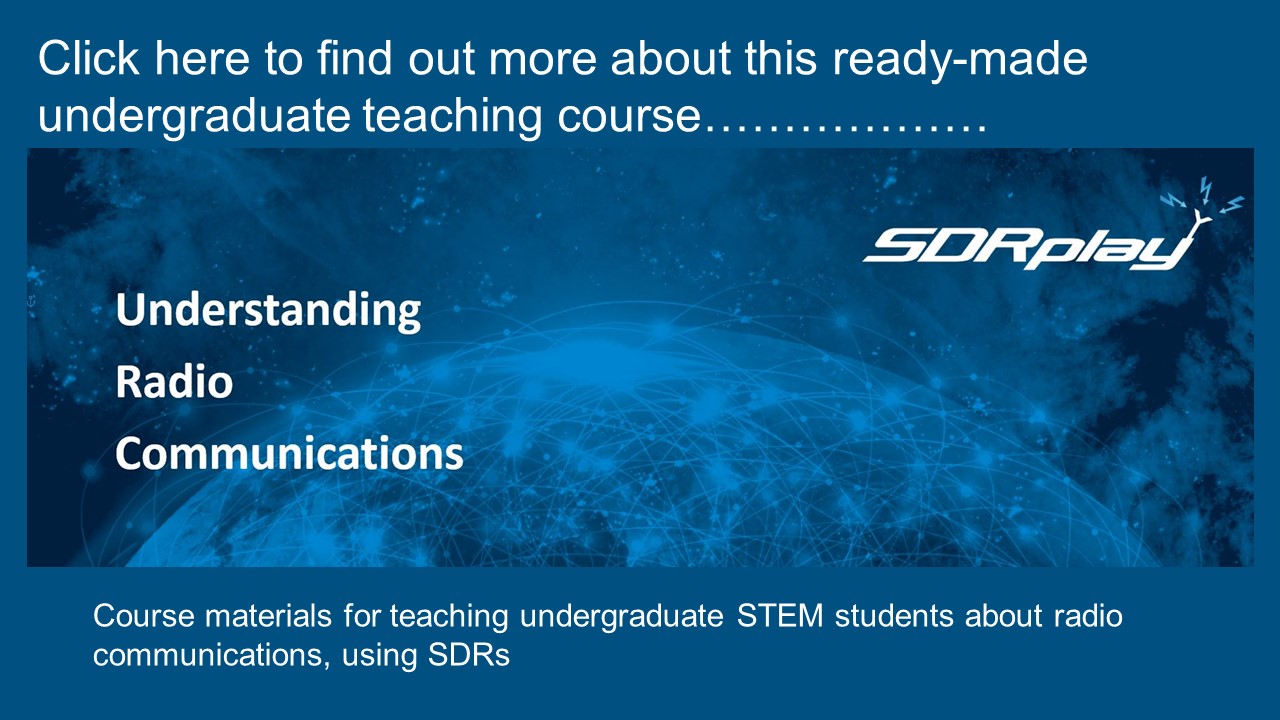
SDRplay has an educators programme for schools, high schools, colleges, universities and trade schools. We offer discounted SDR radios for education-related projects, and are also happy to showcase SDRplay-based projects of interest to other educational and research establishments. Email jon.hudson@sdrplay.com telling us about your project and/or teaching plans, if you would like discounts.
Teaching Materials
Click here or on the banner below for details of a one-semester “Understanding Radio Communications” 11 hour course – designed for undergraduate STEM subject teachers – we provide lecture notes, practical lab sessions and much. The material is 4 years old so some of the information and embedded links may need updating. But feel free to use the content as appropriate for your students
There are many areas where use of a rugged and full featured SDR receiver can be applied to your educational activity – here are just a few examples:
For (High) Schools (including after school clubs):
- The RSP1B is a perfect introduction to the radio spectrum. Unlike a cheap dongle, it will reliably allow all frequencies from 1kHz to 2GHz to be explored.
- Set up a basic wire antenna and explore:
- Broadcast stations
- Weather Satellite images
- Listen to the International Space Station
- Aircraft transponder data
- Air Traffic Control
- Tracking Ships
- Radio Astronomy projects
- Learn how GPS works
- Local services communications
- Amateur Radio
- Antenna properties
- Using the downloadable SD Card Image, transform a Raspberry Pi into a radio communications receiver hub
- Develop programming skills to control the radio (tuning)
- Learn about Digital signal processing (GNU Radio)
- New in 2025: The nRSP-ST is a plug and play networked receiver which can be located in a school or hosted by a teacher or student for the benefit of a whole club or class – members can have controlled access with usernames, passwords and timeout-limits set by an administrator. See https://www.sdrplay.com/nrspst/
For University Teaching and Research Projects:
- Wired and Wireless Digital Signal Processing
- Radio Astronomy
- Receiver architecture design
- Use for making and datalogging accurate RF measurements in the lab and in the field
- Capture and process remote wireless sensor data
- Environmental measurement projects
- RF propagation experiments
- Spectrum analysis
- Field work
- Remote signal monitoring
- Diversity and signal enhancing experiments using the coherent dual channel RSPduo
- Radio Direction finding projects
- SDR radio architecture exploration using GNU Radio Companion and GNU radio RSP source blocks
- Innovative AI- based signal selection and capture using SDRplay’s well documented API
It’s easy to find out if you’re eligible for SDRplay’s educators discount programme. Just email jon.hudson@sdrplay.com to tell us more about your teaching, learning or research activities – we will then let you know if you qualify for applicable discounts and benefits on our SDRplay products. Also, if you have SDRplay-based course materials or research articles you’d like us to add to our catalogue, please let us know.
Teachers – Click Here for our Undergraduate Teaching Programme
GNU radio is a popular environment for teachers and developers involved in Digital Signal Processing and exploring new radio architectures. For receiver applications, the low cost dongle is a popular hardware choice, but if you need reliable, clean, continuous radio signal reception from 1kHz to 2 GHz (without the need for block converters or external filters) then an SDRplay RSP is a useful alternative.
There is an OOT module available from Franco Venturi here: https://github.com/fventuri/gr-sdrplay3 This is for the latest versions of GNU Radio and should support all RSP devices using the API
Raspberry Pi
When it comes to inspiring a new generation of wireless engineers to innovate, then a great starting point is the Raspberry Pi. Many students are already applying their computing skills to the manipulation of sound and vision -sound and vision have long been well catered for with microphone and camera technology. Until recently, the radio spectrum has been more elusive. The RSP family of SDRs brings quality radio receiver technology (1kHz to 2GHz) to the computer science student in a robust and reliable form.
SDRplay now provides native SDR software for the Raspberry Pi. With a RPi4 or RPi5 you can get full SDR receiver functionality which was recently, only available with Windows or Cubic SDR. You can download SDRconnect for Linux/RPi from this page: https://www.sdrplay.com/sdrconnect/
SDRconnect includes server software so you can remotely locate your SDR+RPi close to an antenna and have multiple clients accessing it simultaneously (within a given 10MHz spectrum determined by the first client connected)
For teaching or research projects requiring an embedded SDR receiver, then a multi-platform API can be downloaded from: https://www.sdrplay.com/api/

